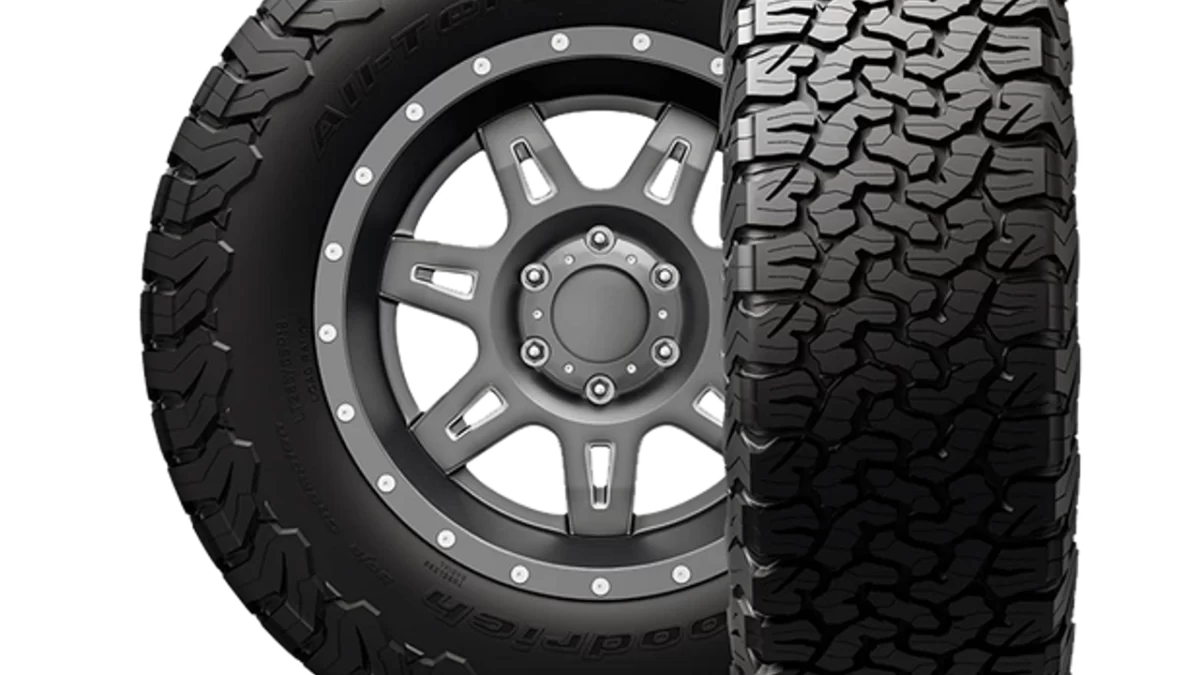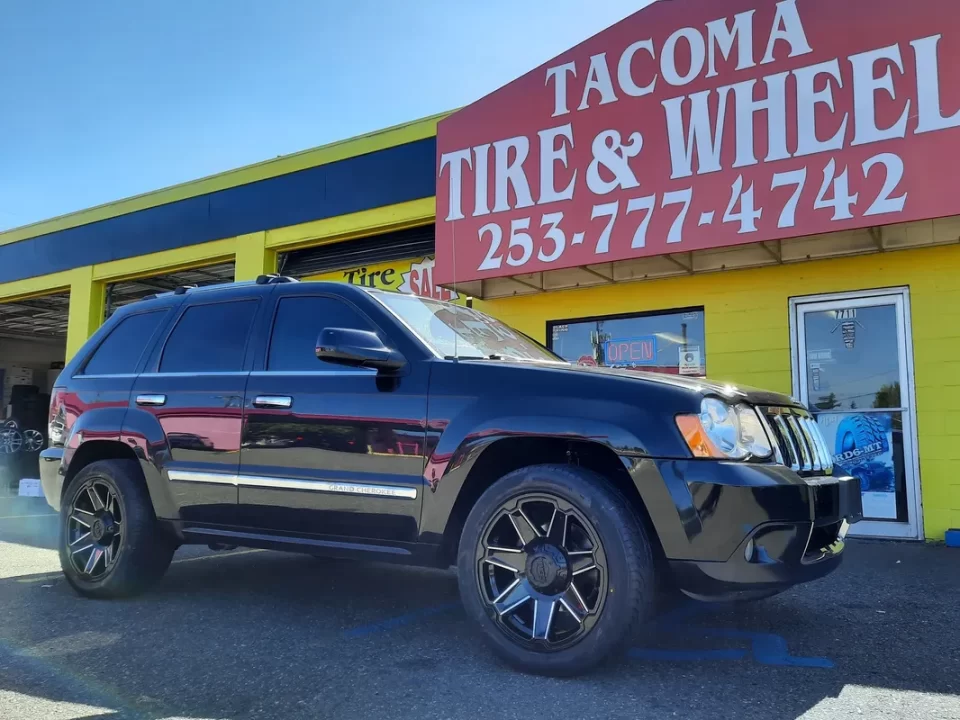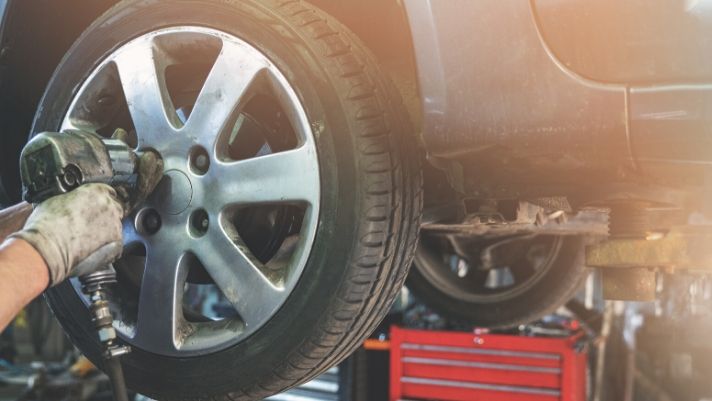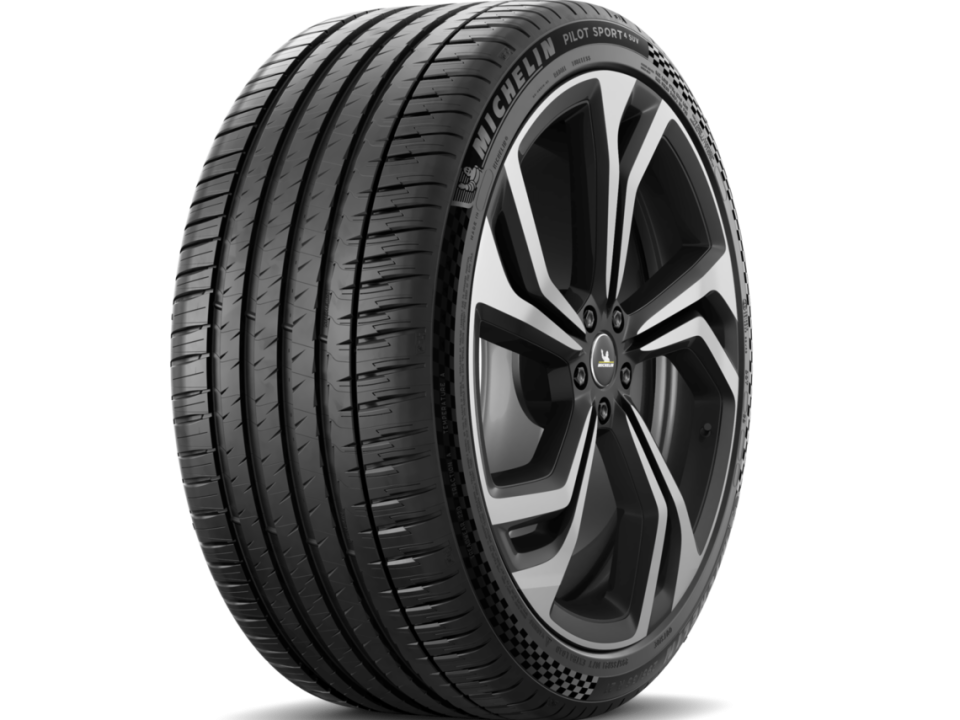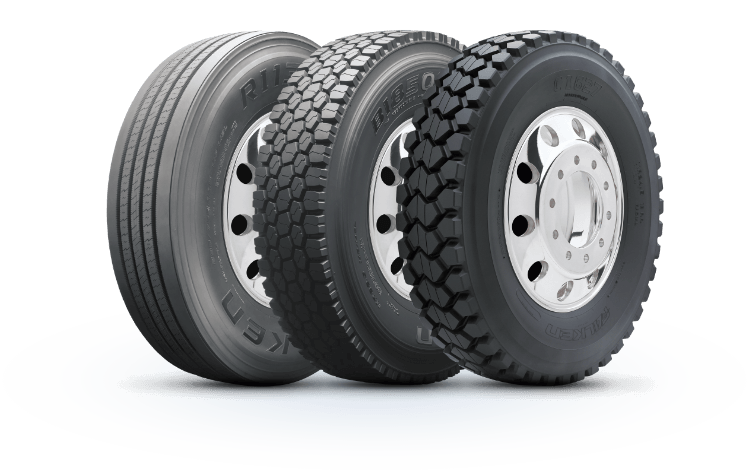
The Ultimate Tire Buying Guide: Choose the Right Tires for Your Vehicle
September 11, 2023
Seasonal Tire Changes: The Ultimate Guide to Keeping Your Vehicle Safe and Efficient
September 11, 2023- expert tips
- optimal tire care
- proper tire maintenance
- Tire alignment
- tire alignment advantages
- tire alignment benefits
- tire alignment best practices
- tire alignment checks
- tire alignment insights
- tire alignment inspections
- tire alignment methods
- tire alignment strategies
- tire alignment tactics
- Tire alignment techniques
- tire balancing
- tire balancing advantages
- tire balancing benefits
- tire balancing best practices
- tire balancing expertise
- tire balancing methods
- tire balancing procedures
- tire balancing strategies
- tire balancing tactics
- tire balancing techniques
- tire care
- tire care advantages
- tire care benefits
- tire care essentials
- tire care expertise
- tire care guide
- tire care insights
- tire care methods
- tire care recommendations
- tire care strategies
- tire care tactics
- tire care techniques
- tire care tips
- tire inflation
- tire inflation advantages
- tire inflation benefits
- tire inflation best practices
- tire inflation guidelines
- tire inflation importance
- tire inflation insights
- tire inflation methods
- tire inflation strategies
- tire inflation tactics
- tire inflation techniques
- tire inflation tips
- Tire longevity
- tire maintenance
- tire maintenance advantages
- tire maintenance advice
- tire maintenance benefits
- tire maintenance best practices
- tire maintenance guide
- tire maintenance insights
- tire maintenance methods
- Tire maintenance practices
- tire maintenance strategies
- tire maintenance tactics
- tire maintenance techniques
- Tire maintenance tips
- tire rotation
- Tire rotation advantages
- tire rotation advice
- Tire rotation benefits
- tire rotation best practices
- tire rotation expertise
- tire rotation insights
- Tire rotation methods
- tire rotation patterns
- tire rotation strategies
- tire rotation tactics
- Tire rotation techniques
- tire safety
- tire safety insights
- Tire safety measures
- Tire safety standards
Your vehicle’s tires are more than just rubber and air—they are crucial components that ensure your safety, driving comfort, and vehicle performance. Proper tire maintenance is essential to extend the life of your tires, improve fuel efficiency, and enhance your overall driving experience. In this comprehensive guide, we’ll explore essential tire maintenance tips, including tire inflation, rotation, alignment, and balancing, to help you keep your tires in top condition.
1. Tire Inflation: The Foundation of Tire Care
Proper tire inflation is the cornerstone of tire maintenance. It directly affects your vehicle’s handling, fuel efficiency, and tire longevity. Here are some key points to consider:
Check Tire Pressure Regularly: Make it a habit to check your tire pressure at least once a month and before long trips. Consult your vehicle’s owner’s manual or the sticker on the driver’s side door jamb for the recommended tire pressure.
Use a Quality Pressure Gauge: Invest in a reliable tire pressure gauge to ensure accurate readings. Avoid relying on gas station air pumps, as they may not always be calibrated correctly.
Maintain Proper Pressure: Underinflated tires can lead to increased rolling resistance, decreased fuel efficiency, and uneven wear. Overinflated tires may result in a harsh ride and reduced traction. Keep your tires at the manufacturer’s recommended pressure.
2. Tire Rotation: Promoting Even Wear
Tire rotation is crucial for ensuring that your tires wear evenly. Uneven tire wear can lead to a decrease in handling performance and the need for premature replacements. Here’s what you need to know:
Follow the Recommended Rotation Pattern: Consult your vehicle’s owner’s manual for the recommended tire rotation pattern. It typically involves moving tires from one position to another—front to back and side to side—to promote even wear.
Regular Rotation Schedule: Aim to rotate your tires every 6,000 to 8,000 miles, but check your vehicle’s manual for specific recommendations. Frequent rotation extends the life of your tires and maximizes your investment.
Balancing Act: While rotating your tires, it’s also a good practice to have them balanced. Balancing ensures that the weight distribution is even, preventing vibrations and uneven wear.
3. Tire Alignment: Keeping Your Vehicle on the Straight Path
Proper tire alignment ensures that your vehicle travels in a straight line and handles predictably. Misaligned tires can lead to uneven wear, reduced fuel efficiency, and poor handling. Here’s what you should know:
Signs of Misalignment: Pay attention to signs of misalignment, such as uneven tire wear, the vehicle pulling to one side, or a crooked steering wheel when driving straight.
Regular Alignment Checks: Include tire alignment checks as part of your routine maintenance, especially after hitting potholes, curbs, or other obstacles. A professional alignment service can correct any issues and ensure your tires are properly aligned.
4. Tire Balancing: Smoothing Out the Ride
Tire balancing is essential to ensure a smooth and vibration-free ride. Imbalanced tires can lead to uncomfortable driving experiences and accelerated tire wear. Here’s what you need to know:
Symptoms of Imbalanced Tires: Vibrations in the steering wheel or seats, especially at higher speeds, are common signs of imbalanced tires.
Regular Balancing: Whenever you install new tires or feel vibrations while driving, have your tires balanced by a qualified technician. Balancing involves adding weights to the rim to counterbalance any uneven distribution of weight.
Tire maintenance is not only about prolonging the life of your tires but also about enhancing your safety on the road. By following these tire maintenance tips on inflation, rotation, alignment, and balancing, you can ensure that your tires perform optimally and provide you with a safe and comfortable driving experience. Remember that regular inspections and maintenance go a long way in preserving the integrity of your tires and your overall driving satisfaction.
Conclusion
Proper tire maintenance is essential for your safety, fuel efficiency, and the longevity of your tires. Regularly checking and maintaining tire pressure, rotating your tires, ensuring proper alignment, and balancing your tires are crucial steps in keeping your tires in top condition. By following these expert tire maintenance tips, you’ll not only maximize the life of your tires but also enjoy a smoother, safer ride every time you hit the road.
Maintaining your tires isn’t just a matter of convenience; it’s a critical aspect of responsible vehicle ownership. Your tires are your connection to the road, and their condition directly impacts your driving experience and safety. Incorporate these tire maintenance practices into your routine, and you’ll benefit from improved performance, fuel efficiency, and overall peace of mind.
